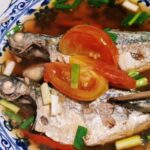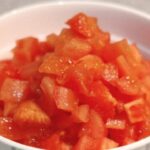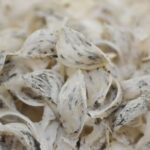In today’s fast-paced and busy world, with the help of modern kitchen appliances like super-fast induction cookers, many people have forgotten about the simple act of soaking certain foods before cooking them. Soaking is often associated with cleaning or speeding up the cooking process, but it can also be a crucial step in removing toxins and improving the taste of some ingredients.
While it is common knowledge that soaking beans and nuts helps with faster cooking and tenderness, did you know that soaking potatoes, cassava, and even pork bones can have additional benefits? Let’s explore the importance of soaking some common ingredients to enhance your cooking and dining experience.
Soaking grains and nuts for safety and better taste
Grains like rice, black beans, almonds, and raw cashews inherently contain natural toxins. These toxins serve as a defense mechanism to prevent germination and preserve the seed. By soaking these grains and nuts, you can reduce the presence of these toxins and improve the nutritional absorption of the food.
Additionally, some grains, such as rice, contain small amounts of organic arsenic in their outer bran. Soaking helps to eliminate these harmful substances, making them safer and more nutritious to consume.
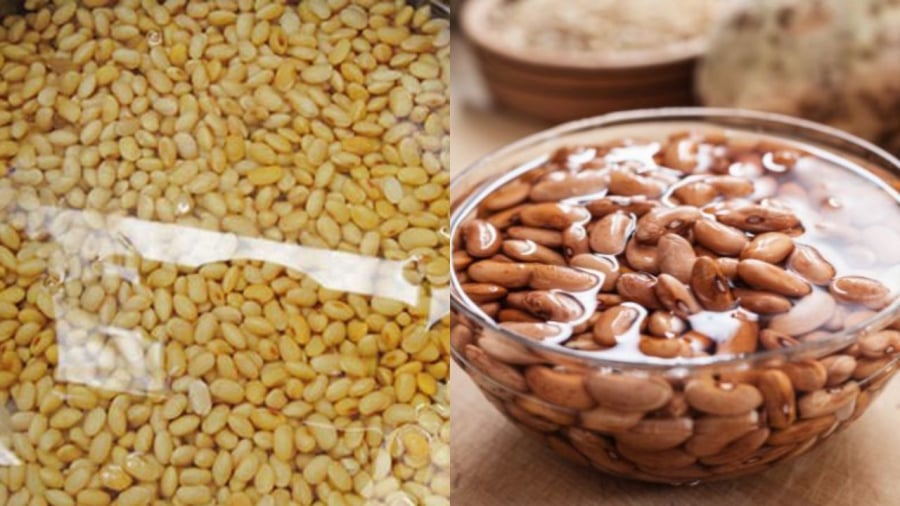
Soaking helps remove undesirable components from grains and nuts
Soaking not only expedites cooking and improves texture but also enhances the taste by reducing astringency. Failure to soak these items adequately may result in stomachaches and reduced nutrient absorption. Furthermore, thorough cooking is essential after soaking items like soybeans and black beans to ensure the breakdown of all toxic components.
Potatoes, cassava, and fresh bamboo shoots require soaking to remove dangerous toxins
Potatoes, when exposed to sunlight, can turn green due to increased levels of solanine, a toxic compound. In the past, our ancestors would advise their children to peel and soak potatoes in water for at least half an hour before cooking. Today, due to our busy schedules, we often rely on vendors to peel potatoes, and we may cook them immediately after a quick rinse. However, the toxin levels in potatoes are not immediately harmful, leading to a potential health hazard.
Even when potatoes are not visibly green, they contain relatively high levels of alkaloid acrylamide and small amounts of solanine. For this reason, it is safest to soak potatoes before preparing them for your meals.
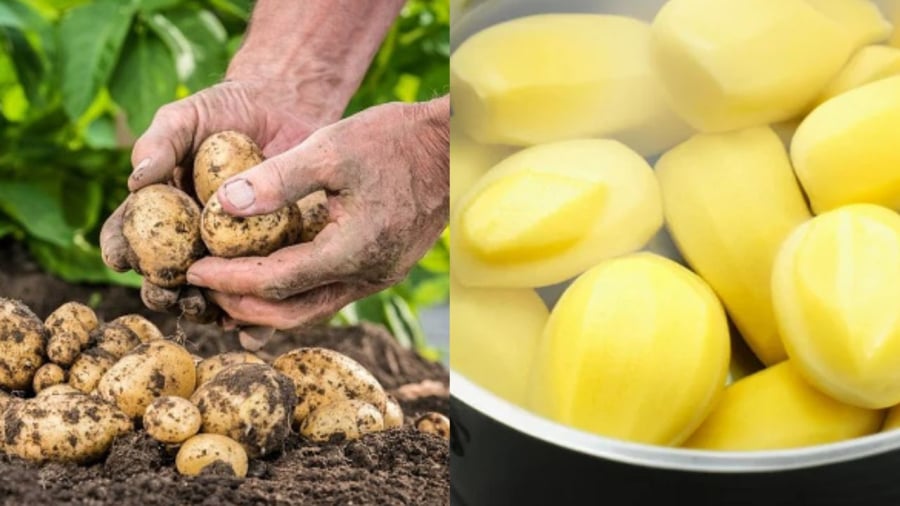
Soaking helps neutralize toxins
Cassava and fresh bamboo shoots also contain high levels of natural toxins, specifically cyanide, which can be fatal if ingested. These toxins belong to a group of dangerous compounds that pose a significant risk to life. Therefore, it is imperative to soak these foods multiple times before preparing them.
By soaking and boiling cassava and bamboo shoots, you allow the toxins to leach into the water, making them safer for consumption. The highest concentration of toxins in cassava is found in the peel, ends, and core, so be sure to peel and discard these parts. Soaking for 2-3 hours helps release the toxins, and boiling further breaks them down to non-harmful levels. For bamboo shoots, multiple soaks and boils are necessary, ensuring that the remaining toxins are minimal.
Soaking pork and chicken bones for odor removal
It is advisable to soak pork and chicken bones to remove any residual blood, which can cause a foul smell if not adequately addressed. Animal blood on bones can attract bacteria, leading to rapid spoilage and an unpleasant odor. Soaking the bones allows the blood to dissipate, resulting in a clearer broth without any unpleasant scents during the blanching and simmering processes.
Green mangoes benefit from a good soak
Green mangoes contain phytic acid, which can hinder nutrient absorption. Soaking green mangoes in water before consumption helps break down this compound, making them more nutritious.
Eggplants should be soaked before cooking or pickling
Eggplants contain solanine, which can be toxic if consumed raw. Therefore, it is essential to soak them before pickling or cooking. This step is especially crucial if you plan to consume them raw or lightly cooked, such as in a salad.
“A Delicious and Tangy Treat: Tomato-Braised Trac Fish”
If you’re looking for a delicious and unique way to cook with cá trác, then look no further! Today, we’re taking a deep dive into a mouth-watering recipe that will revolutionize your taste buds – cá trác kho cà chua. This dish is an explosion of flavors, with the perfect blend of sweet and savory notes that will leave you craving more. Join me as we uncover the secrets to creating this delectable treat and take your culinary skills to new heights!


























